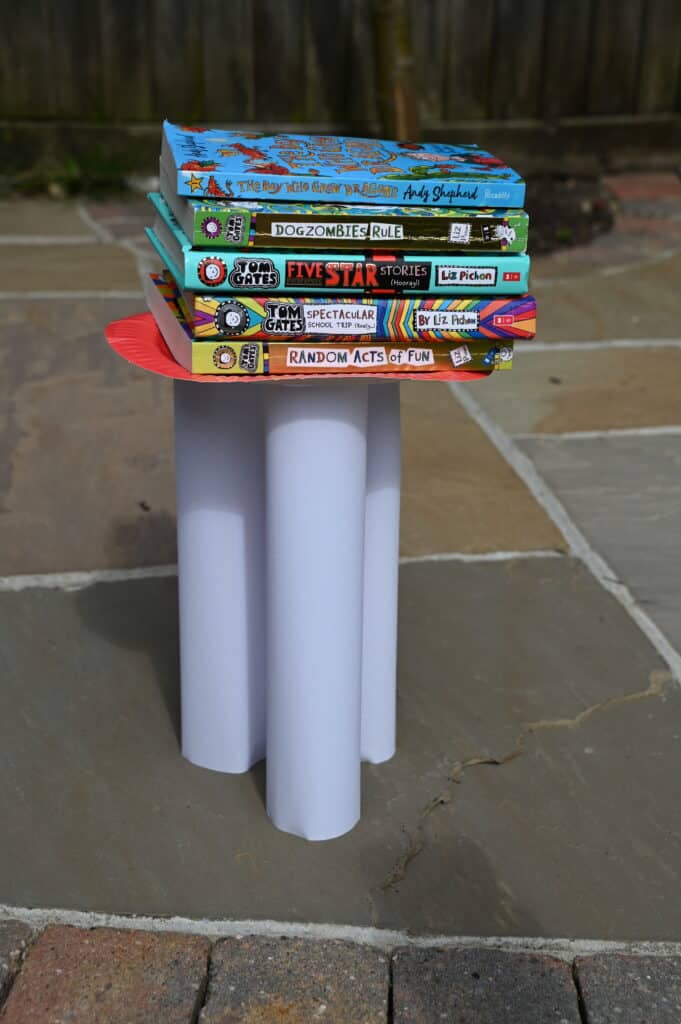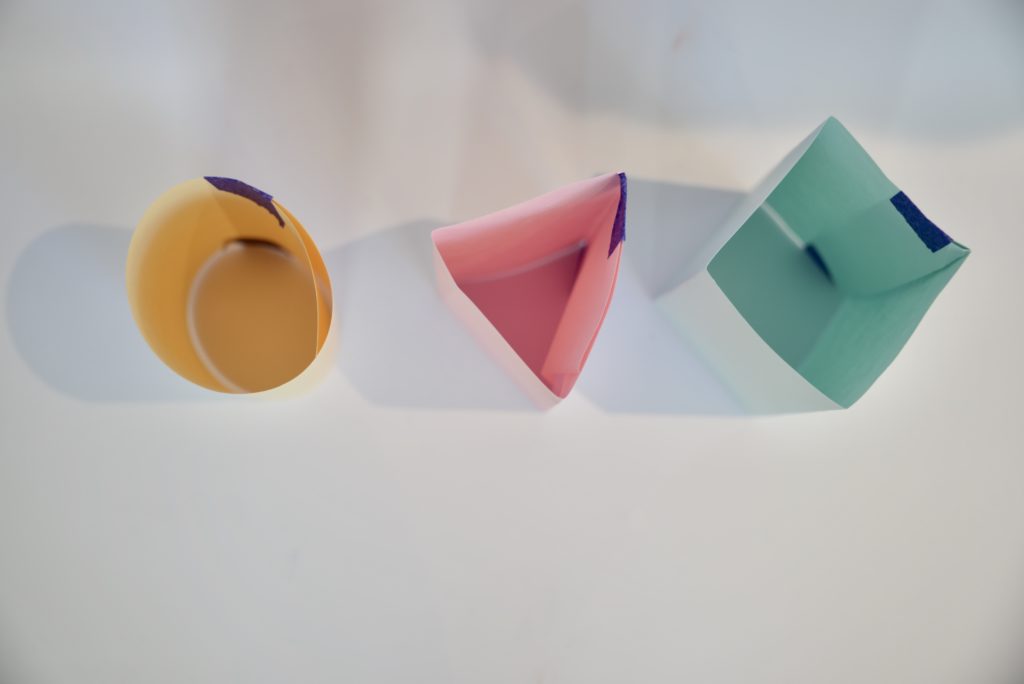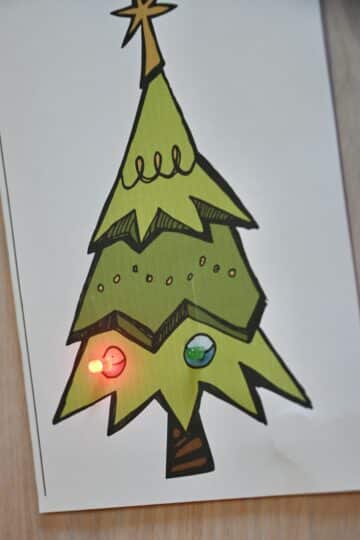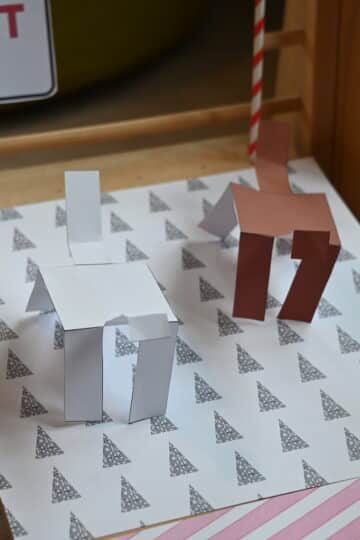Birds can fly because they have wings, a streamlined body, strong muscles and very light, hollow bones.
The bones of birds are very strong and adapted perfectly to flight. They have a dense, strong exterior and an interior strengthened with criss crossing ridges and webbing. The hollow interior isn't just to reduce the weight of the bone. Bird bones are filled with air sacs which connect to thier respiratory system allowing oxygen exchange so the lungs of the bird have a constant supply of air for respiration. Birds are energetic creatures so have a high oxygen demand.
Science Activities for learning about Birds
Strong Hollow Bird Bone Science Experiment
This simple science activity demonstrates how strong a hollow bone shape can be.
You'll need
Paper
Tape
Books
Paper plate

Instructions
Roll one piece of paper into a circular column, one into a triangle column and one into a square column.

Stand the circular column up first and place books on the top until it collapses. Repeat with the other two shapes using the same books in the same order.
You should find the circular column is the strongest, as it doesn't have any edges so the weight is spread evenly through the column.
As an extension activity roll three circular columns and place the paper plate on top of them. Place books on the plate until the columns collapse.
Are you surprrsed how strong a basic hollow column is?
More bird themed science activities
Find out why birds have different shaped beaks with a simple sorting activity.
Help local birds survive the winer months by making a bird feeder.
Read more about the air sac system of birds.
Fun bird facts
Feathers allow birds to move smoothly through the air.
Hummingbirds beat their wings 50 times a second. As the wings move they make the humming noise that gives them their name.
A birds feathers are called its plumage.
Birds lay eggs in a nest to help keep them safe. The nests of the bald eagle can be up to 2.5 metres wide!
Woodpeckers peck at trees to get to small insects that live in the bark.
A woodpecker beak is strong enough to make a hole in the tree big enough for a nest.
Cuckoos lay thier eggs in other birds nests!
A skimmer has a beak shaped like scissors. This allows it to catch fish just below the surface of water.
Which birds don't fly?
Some examples of birds that don't fly are:
Ostriches
Penguins
Kiwis
Emus
Last Updated on August 28, 2024 by Emma Vanstone




Leave a Reply